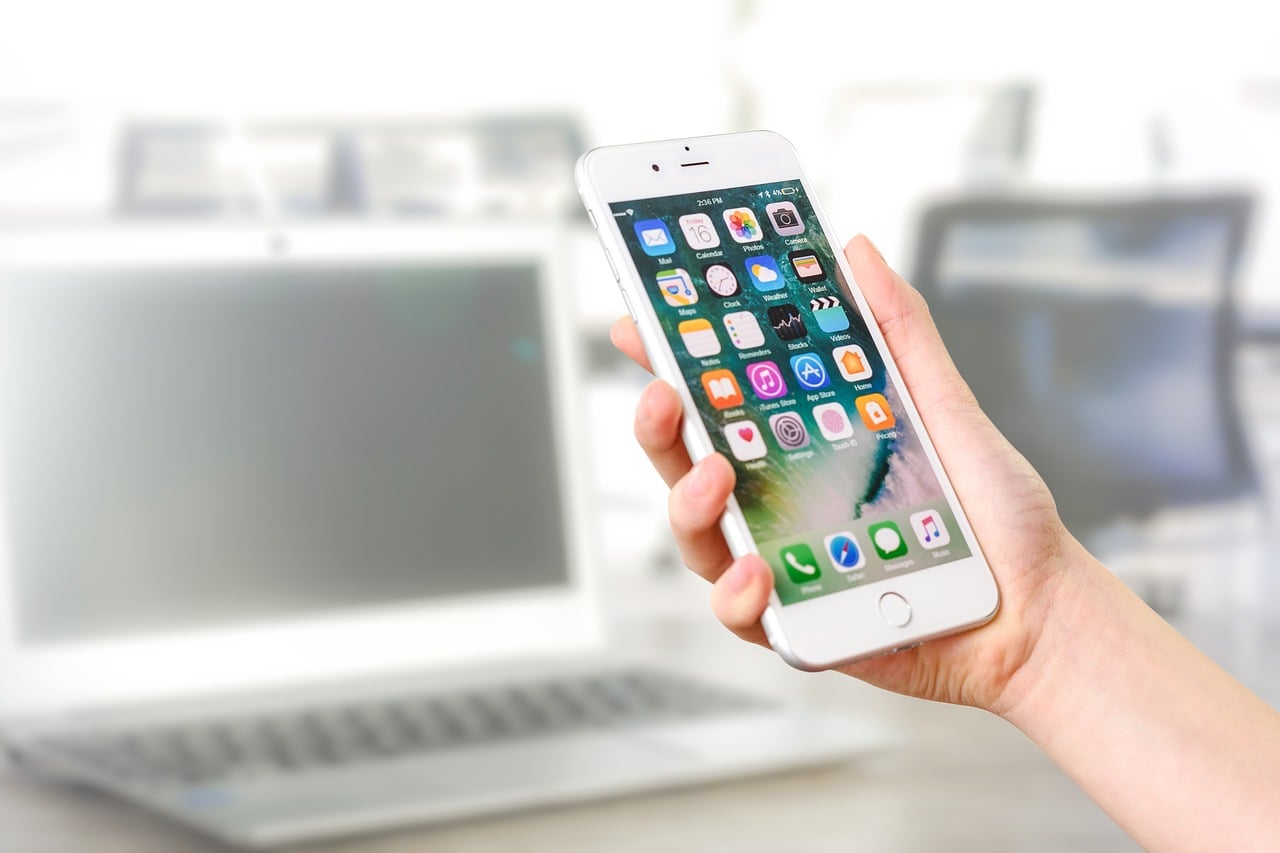Apple pushed out iOS 13 on Thursday, but in some ways, it may feel like the new version just isn’t ready for the general public. Several bugs are being reported, and Apple even sort of admitted that it wasn’t ready. The company plans to release iOS 13.1 in a matter of days, so it clearly is aware of the problems. If you regret installing iOS 13, then you may want to take a step back temporarily. Here’s how to downgrade iOS 13.0 to iOS 12.4.1.
Step-by-step process for downgrading iOS 13.0 to iOS 12.4.1
Before we explain how to downgrade iOS 13.0 to iOS 12.4.1, it’s important to point out that the only previous version of iOS Apple is still signing is 12.4.1. In other words, you won’t be able to roll back any further than that, but if you merely regret moving to 13 because of the bugs, this should be no problem.
Additionally, before you downgrade, you should take a backup of your device just in case something goes wrong. To back up via iCloud, make sure you’re on Wi-Fi. Then go to Settings > your photo/ name > iCloud > iCloud Backup > Backup now. You can also take a backup via iTunes. To do this, connect your device to your computer, launch iTunes and select the device from the menu in the top left. Then go to Backups > This Computer > Backup now.
Now make sure you have the latest version of iTunes installed on your computer. If it isn’t the latest version, then you must update it before you will be able to downgrade iOS 13.0 to iOS 12.4.1. If you installed 13 via iTunes, then it should already be updated. However, if you downloaded iOS 13 via the over-the-air update, then you may still need to update iTunes.
On the iPhone, go to Settings > iCloud > Find my iPhone and turn it off. This setting must be off before you will be able to downgrade to the last version of iOS.
Now you will need the correct IPSW file for the device you have. Redmond Pie collected all the download links for iOS 12.4.1 last month, and you can find them here.
Connect your iPhone to your computer via the USB cable and open iTunes if it doesn’t open automatically.
Putting your iPhone in recovery mode
Now place the device into recovery mode. On the iPhone 8 or newer, press and hold the side button for three seconds, which brings up the boot screen. Keep holding the side button and then press the volume down. Hold both buttons for 10 seconds. After 10 seconds, let go of the side button but keep holding the volume down button for another five seconds. iTunes should then tell you that it has located a device that’s in recovery mode. The iPhone’s screen should be black. If you have an iPhone 7 or 7 Plus, you can view the instructions here, and if you have an older model, you can view them here.
After the iPhone is in recovery mode, press and hold the shift key on a Windows PC or the option key on a Mac and choose “Restore iPhone” in iTunes. Then find the iOS 12.4.1 IPSW file you downloaded on your computer.
iTunes will then downgrade iOS 13.0 to iOS 12.4.1. When it finishes, your iPhone will be on the setup screen.





